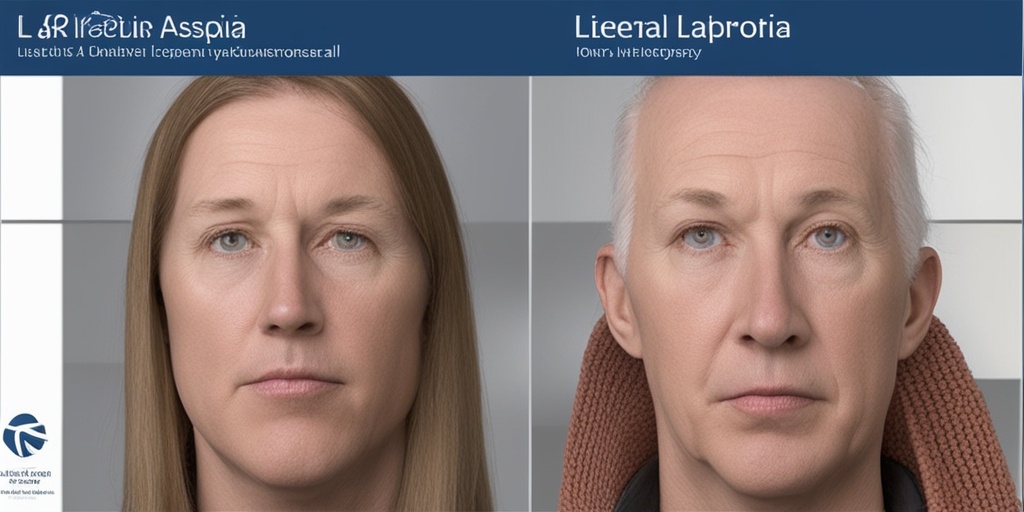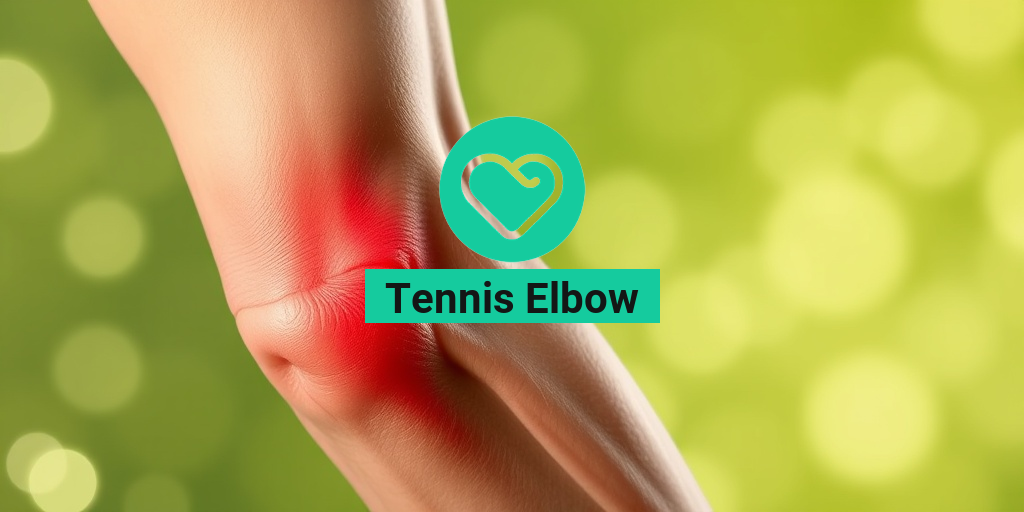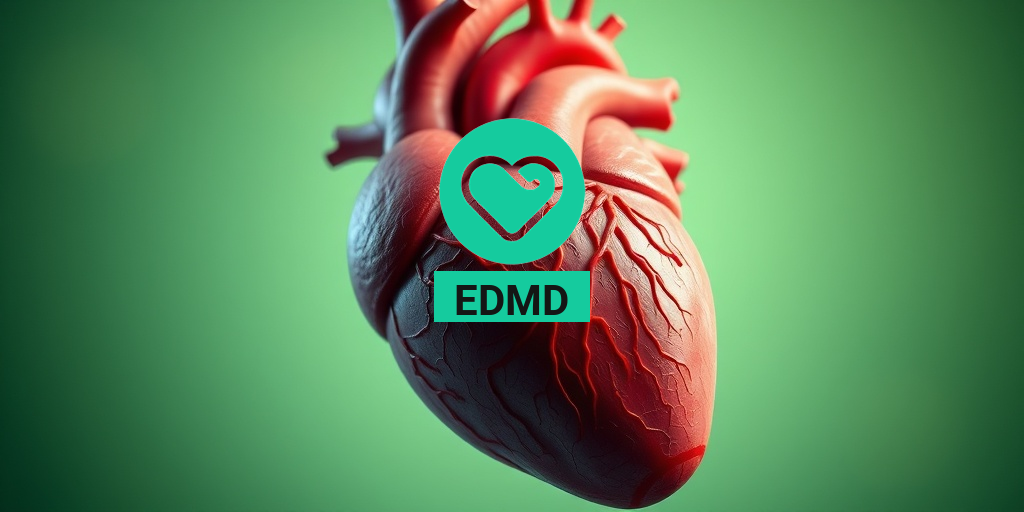What Is Inherited Lipodystrophy?
Inherited lipodystrophy is a rare and complex group of genetic disorders that affect the way the body stores fat. It’s a condition where the body is unable to store fat properly, leading to a range of physical and metabolic abnormalities. But what exactly is inherited lipodystrophy, and how does it impact those who live with it?
Understanding Lipodystrophy
Lipodystrophy refers to a condition where there is a problem with the way the body stores fat. This can lead to a lack of fat in certain areas of the body, such as the face, arms, and legs, or an excess of fat in other areas, like the abdomen. Inherited lipodystrophy is a type of lipodystrophy that is caused by genetic mutations, which are passed down from parents to children.
The Role of Genetics
Inherited lipodystrophy is often caused by mutations in genes that are responsible for fat cell development and function. These mutations can affect the way the body produces and stores fat, leading to a range of symptoms and health problems. In some cases, inherited lipodystrophy can be caused by a phenomenon called the founder effect, where a genetic mutation is more common in a specific population due to the fact that the population was founded by a small group of individuals who carried the mutation.
Symptoms and Health Complications
The symptoms of inherited lipodystrophy can vary widely depending on the specific type and severity of the condition. Some common symptoms include:
- Fat loss or gain in certain areas of the body
- Metabolic problems, such as insulin resistance and high blood sugar
- Hormonal imbalances
- Fatty liver disease
- Cardiovascular disease
If left untreated, inherited lipodystrophy can lead to serious health complications, including type 2 diabetes, heart disease, and liver disease. However, with proper treatment and management, it is possible to manage the symptoms and reduce the risk of these complications.
Types of Inherited Lipodystrophy
There are several different types of inherited lipodystrophy, each with its own unique set of symptoms and characteristics. Some of the most common types include:
Familial Partial Lipodystrophy (FPLD)
FPLD is a type of inherited lipodystrophy that affects the way the body stores fat in the arms, legs, and face. It is often caused by mutations in the LMNA gene and can lead to a range of symptoms, including fat loss, metabolic problems, and hormonal imbalances.
Congenital Generalized Lipodystrophy (CGL)
CGL is a rare and severe type of inherited lipodystrophy that affects the way the body stores fat throughout the entire body. It is often caused by mutations in the AGPAT2 or BSCL2 genes and can lead to a range of symptoms, including extreme fat loss, metabolic problems, and developmental delays.
While inherited lipodystrophy can be a challenging condition to live with, there is hope for those who are affected. With proper treatment and management, it is possible to manage the symptoms and reduce the risk of serious health complications. If you or a loved one has been diagnosed with inherited lipodystrophy, it’s essential to work with a healthcare team to develop a personalized treatment plan. Additionally, resources like Yesil Health AI (yesilhealth.com) can provide valuable insights and evidence-based information to help you navigate this complex condition. 💊

Inherited Lipodystrophy Symptoms
Inherited lipodystrophy is a rare genetic disorder that affects the way the body stores fat. People with this condition often experience a range of symptoms that can impact their physical appearance, overall health, and quality of life. Let’s dive into the common symptoms of inherited lipodystrophy:
Fat Loss and Redistribution
One of the most noticeable symptoms of inherited lipodystrophy is the loss of fat in certain areas of the body, such as the face, arms, and legs. This can lead to a gaunt or hollow appearance, especially in the cheeks and temples. In some cases, the fat may be redistributed to other areas, like the abdomen, neck, or back, resulting in unusual fat deposits.
Metabolic Changes
Inherited lipodystrophy can also cause significant metabolic changes, including:
- Insulin resistance: The body becomes less responsive to insulin, leading to high blood sugar levels and an increased risk of developing type 2 diabetes.
- High triglycerides: Elevated levels of triglycerides in the blood can increase the risk of heart disease and pancreatitis.
- Fatty liver disease: The accumulation of fat in the liver can lead to liver damage and scarring.
Hormonal Imbalances
Hormonal imbalances are another common symptom of inherited lipodystrophy. People with this condition may experience:
- Low leptin levels: Leptin is a hormone that regulates energy balance and metabolism. Low levels can lead to increased hunger and weight gain.
- High androgen levels: Elevated levels of androgens, such as testosterone, can cause acne, excess hair growth, and male pattern baldness in women.
Other Symptoms
In addition to these primary symptoms, people with inherited lipodystrophy may also experience:
- Fatigue and weakness
- Muscle wasting
- Joint pain and stiffness
- Difficulty regulating body temperature
It’s essential to remember that each person with inherited lipodystrophy may experience a unique combination of symptoms, and their severity can vary greatly. If you suspect you or a loved one may have this condition, consult with a healthcare professional for proper diagnosis and treatment. 💊
Causes and Risk Factors of Inherited Lipodystrophy
Inherited lipodystrophy is a genetic disorder caused by mutations in specific genes involved in fat metabolism and storage. Let’s explore the causes and risk factors associated with this condition:
Genetic Mutations
Inherited lipodystrophy is typically caused by mutations in one of several genes, including:
- LMNA: Mutations in the LMNA gene are the most common cause of inherited lipodystrophy.
- PPARG: Mutations in the PPARG gene can also lead to inherited lipodystrophy.
- Other genes: Mutations in other genes, such as BSCL2 and CAV1, can also contribute to the development of inherited lipodystrophy.
Founder Effect
The founder effect is a phenomenon where a genetic mutation becomes more common in a population due to the presence of a single ancestor who carried the mutation. This can increase the risk of inherited lipodystrophy in certain populations or communities. 👪
Familial History
Having a family history of inherited lipodystrophy or other genetic disorders can increase an individual’s risk of developing the condition. If you have a family member with inherited lipodystrophy, it’s essential to consult with a genetic counselor or healthcare professional to discuss your risk factors and potential screening options. 👨👩👧👦

Inherited Lipodystrophy Diagnosis
Inherited lipodystrophy is a rare genetic disorder that affects the way the body stores fat. It’s a condition that can be challenging to diagnose, especially in its early stages. In this section, we’ll delve into the diagnostic process and what to expect if you suspect you or a loved one might have inherited lipodystrophy.
Symptoms to Look Out For
The symptoms of inherited lipodystrophy can vary from person to person, but common signs include:
- Fat loss or redistribution, particularly in the face, arms, and legs
- Increased fat accumulation in other areas, such as the abdomen or neck
- Insulin resistance or type 2 diabetes
- Hypertension (high blood pressure)
- High cholesterol levels
- Fatty liver disease
- Polycystic ovary syndrome (PCOS) in women
If you’re experiencing any of these symptoms, it’s essential to consult with a healthcare professional for an accurate diagnosis.
Diagnostic Tests
To diagnose inherited lipodystrophy, your doctor may recommend the following tests:
- Physical examination: A thorough physical exam to assess body fat distribution and look for signs of insulin resistance.
- Medical history: A review of your medical history to identify any potential genetic links or risk factors.
- Genetic testing: Genetic tests, such as DNA sequencing, to identify mutations in genes associated with inherited lipodystrophy.
- Imaging tests: Imaging tests, like MRI or CT scans, to assess body fat distribution and identify any potential complications.
- Metabolic tests: Tests to evaluate insulin sensitivity, glucose tolerance, and lipid profiles.
These tests can help your doctor rule out other conditions that may be causing your symptoms and confirm a diagnosis of inherited lipodystrophy.
The Importance of Early Diagnosis
Early diagnosis is crucial in managing inherited lipodystrophy. The sooner you receive a diagnosis, the sooner you can start working with your healthcare team to develop a personalized treatment plan. This can help prevent or delay the onset of related health complications, such as diabetes and cardiovascular disease.
Remember, inherited lipodystrophy is a rare condition, and it may take some time to receive an accurate diagnosis. Be patient, and don’t hesitate to seek a second opinion if you’re not satisfied with your initial diagnosis.
Inherited Lipodystrophy Treatment
While there is no cure for inherited lipodystrophy, there are various treatment options available to manage the condition and alleviate its symptoms. In this section, we’ll explore the different treatment approaches and what you can expect from each.
Lifestyle Changes
Making healthy lifestyle changes can help manage inherited lipodystrophy and reduce the risk of related health complications. These changes may include:
- A healthy, balanced diet: Focus on whole, nutrient-dense foods, and avoid sugary drinks and processed snacks.
- Regular exercise: Engage in moderate-intensity exercise, such as brisk walking or cycling, for at least 150 minutes per week.
- Weight management: Aim for a healthy weight through a combination of diet and exercise.
- Stress management: Practice stress-reducing techniques, such as yoga or meditation, to help manage stress.
These lifestyle changes can help improve insulin sensitivity, reduce blood sugar levels, and promote overall health and well-being.
Medications
In some cases, medications may be necessary to manage the symptoms of inherited lipodystrophy. These may include:
- Metformin: A medication commonly used to treat type 2 diabetes, which can also help improve insulin sensitivity.
- Statins: Cholesterol-lowering medications to reduce the risk of cardiovascular disease.
- Blood pressure medications: Medications to manage hypertension and reduce the risk of cardiovascular disease.
It’s essential to work closely with your healthcare team to determine the best medication regimen for your specific needs.
Remember, inherited lipodystrophy is a complex condition that requires a comprehensive treatment approach. By combining lifestyle changes and medications, you can effectively manage your symptoms and reduce the risk of related health complications. 💊

Lipodystrophy Diet and Lifestyle Changes
Living with inherited lipodystrophy can be challenging, but making certain diet and lifestyle changes can help alleviate symptoms and improve overall health. While there is no cure for inherited lipodystrophy, adopting a healthy lifestyle can make a significant difference in managing the condition.
Nutrition and Meal Planning
A well-balanced diet is essential for individuals with inherited lipodystrophy. Focus on consuming nutrient-dense foods, including:
- Fresh fruits and vegetables
- Whole grains, such as brown rice and whole wheat bread
- Lean protein sources, like poultry, fish, and legumes
- Healthy fats, including nuts, seeds, and avocados
It’s also crucial to limit or avoid foods that can exacerbate symptoms, such as:
- Processed and high-sugar foods
- Saturated and trans fats
- Salty and high-sodium foods
In addition to a balanced diet, staying hydrated is vital. Drink plenty of water throughout the day to help flush out toxins and maintain overall health.
Exercise and Physical Activity
Regular exercise is essential for individuals with inherited lipodystrophy. Engage in moderate-intensity physical activities, such as:
- Brisk walking
- Swimming
- Cycling
- Yoga or Pilates
Aim for at least 150 minutes of moderate-intensity exercise or 75 minutes of vigorous-intensity exercise per week. Exercise can help improve insulin sensitivity, boost metabolism, and enhance overall well-being.
Stress Management
Chronic stress can worsen inherited lipodystrophy symptoms. Engage in stress-reducing activities, such as:
- Meditation or mindfulness exercises
- Deep breathing techniques
- Yoga or tai chi
- Reading or listening to calming music
Aim for 7-8 hours of sleep per night to help regulate stress hormones and improve overall health.
Managing Inherited Lipodystrophy Complications
Inherited lipodystrophy can lead to various complications if left unmanaged. It’s essential to be aware of these potential complications and take steps to prevent or manage them effectively.
Metabolic Complications
Individuals with inherited lipodystrophy are at risk of developing metabolic complications, such as:
- Insulin resistance and type 2 diabetes
- Dyslipidemia (abnormal cholesterol levels)
- Hypertension (high blood pressure)
Regular health check-ups and monitoring of blood sugar, cholesterol, and blood pressure levels can help identify these complications early on.
Cardiovascular Complications
Inherited lipodystrophy increases the risk of cardiovascular complications, including:
- Heart disease
- Stroke
- Peripheral artery disease
Maintaining a healthy lifestyle, including a balanced diet and regular exercise, can help reduce the risk of cardiovascular complications.
Psychological Complications
Living with inherited lipodystrophy can lead to psychological complications, such as:
- Anxiety
- Depression
- Low self-esteem
Seeking support from mental health professionals, support groups, or online resources can help individuals cope with these complications.
By making diet and lifestyle changes and being aware of potential complications, individuals with inherited lipodystrophy can take control of their health and improve their overall quality of life. 💪

Frequently Asked Questions about Inherited Lipodystrophy
What is Inherited Lipodystrophy?
Inherited Lipodystrophy is a rare genetic disorder characterized by the abnormal distribution of body fat. It is caused by mutations in genes that regulate fat metabolism, leading to the loss of fat tissue in certain areas of the body.
How is Inherited Lipodystrophy inherited?
Inherited Lipodystrophy is an autosomal dominant disorder, meaning that a single copy of the mutated gene is enough to cause the condition. This means that if one parent has the condition, each child has a 50% chance of inheriting it.
What are the symptoms of Inherited Lipodystrophy?
The symptoms of Inherited Lipodystrophy vary depending on the specific type and severity of the condition. Common symptoms include:
- Fat loss in the arms, legs, and face
- Increased fat accumulation in the abdomen and neck
- Insulin resistance and type 2 diabetes
- High triglycerides and cholesterol levels
- Fatty liver disease
Is Inherited Lipodystrophy related to the Founder Effect?
Yes, Inherited Lipodystrophy is an example of a Founder Effect disease. The Founder Effect occurs when a small group of individuals with a specific genetic mutation settle in a new area and start a new population. Over time, the mutation becomes more common in the population, leading to a higher incidence of the disease.
Can you inherit fat genes from your parents?
While it’s not possible to directly inherit fat genes, genetic factors can play a role in body fat distribution and metabolism. Inherited Lipodystrophy is a genetic disorder that affects fat metabolism, leading to abnormal fat distribution. However, lifestyle factors such as diet and exercise also play a significant role in body fat distribution.
Is there a cure for Inherited Lipodystrophy?
Currently, there is no cure for Inherited Lipodystrophy. However, treatment options are available to manage the symptoms and prevent complications. These may include medications to improve insulin sensitivity, lipid-lowering therapies, and lifestyle modifications such as a healthy diet and regular exercise.
How is Inherited Lipodystrophy diagnosed?
Inherited Lipodystrophy is typically diagnosed through a combination of physical examination, medical history, and genetic testing. A healthcare professional may perform a physical exam to look for signs of fat loss and accumulation, and may also order genetic tests to identify the specific genetic mutation causing the condition.
What is the prognosis for Inherited Lipodystrophy?
The prognosis for Inherited Lipodystrophy varies depending on the severity of the condition and the presence of any complications. With proper management and treatment, individuals with Inherited Lipodystrophy can lead active and healthy lives. However, if left untreated, the condition can lead to serious health complications such as diabetes, heart disease, and liver disease.




